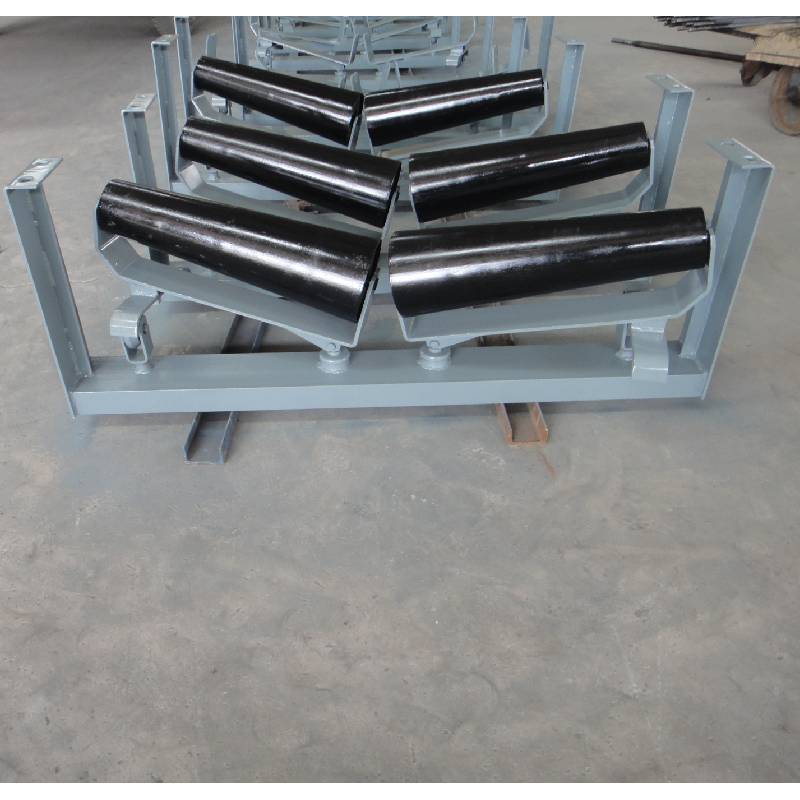 Afrikaans
Afrikaans  Albanian
Albanian  Amharic
Amharic  Arabic
Arabic  Armenian
Armenian  Azerbaijani
Azerbaijani  Basque
Basque  Belarusian
Belarusian  Bengali
Bengali  Bosnian
Bosnian  Bulgarian
Bulgarian  Catalan
Catalan  Cebuano
Cebuano  Corsican
Corsican  Croatian
Croatian  Czech
Czech  Danish
Danish  Dutch
Dutch  English
English  Esperanto
Esperanto  Estonian
Estonian  Finnish
Finnish  French
French  Frisian
Frisian  Galician
Galician  Georgian
Georgian  German
German  Greek
Greek  Gujarati
Gujarati  Haitian Creole
Haitian Creole  hausa
hausa  hawaiian
hawaiian  Hebrew
Hebrew  Hindi
Hindi  Miao
Miao  Hungarian
Hungarian  Icelandic
Icelandic  igbo
igbo  Indonesian
Indonesian  irish
irish  Italian
Italian  Japanese
Japanese  Javanese
Javanese  Kannada
Kannada  kazakh
kazakh  Khmer
Khmer  Rwandese
Rwandese  Korean
Korean  Kurdish
Kurdish  Kyrgyz
Kyrgyz  Lao
Lao  Latin
Latin  Latvian
Latvian  Lithuanian
Lithuanian  Luxembourgish
Luxembourgish  Macedonian
Macedonian  Malgashi
Malgashi  Malay
Malay  Malayalam
Malayalam  Maltese
Maltese  Maori
Maori  Marathi
Marathi  Mongolian
Mongolian  Myanmar
Myanmar  Nepali
Nepali  Norwegian
Norwegian  Norwegian
Norwegian  Occitan
Occitan  Pashto
Pashto  Persian
Persian  Polish
Polish  Portuguese
Portuguese  Punjabi
Punjabi  Romanian
Romanian  Russian
Russian  Samoan
Samoan  Scottish Gaelic
Scottish Gaelic  Serbian
Serbian  Sesotho
Sesotho  Shona
Shona  Sindhi
Sindhi  Sinhala
Sinhala  Slovak
Slovak  Slovenian
Slovenian  Somali
Somali  Spanish
Spanish  Sundanese
Sundanese  Swahili
Swahili  Swedish
Swedish  Tagalog
Tagalog  Tajik
Tajik  Tamil
Tamil  Tatar
Tatar  Telugu
Telugu  Thai
Thai  Turkish
Turkish  Turkmen
Turkmen  Ukrainian
Ukrainian  Urdu
Urdu  Uighur
Uighur  Uzbek
Uzbek  Vietnamese
Vietnamese  Welsh
Welsh  Bantu
Bantu  Yiddish
Yiddish  Yoruba
Yoruba  Zulu
Zulu Drive Shaft and Pulley System for Efficient Power Transmission
Understanding Drive Pulley Shafts An Essential Component of Mechanical Systems
In various mechanical systems, drive pulley shafts play a crucial role in transmitting power and motion. This article delves into the significance, design, and applications of drive pulley shafts, outlining their importance in industrial and everyday machinery.
What is a Drive Pulley Shaft?
A drive pulley shaft is a cylindrical component that connects to a pulley, facilitating the transfer of rotational motion from one part of a machine to another. Typically constructed from sturdy materials such as steel or aluminum, these shafts are designed to withstand considerable stress and load during operation. The shaft provides a stable foundation for the pulley, enabling it to rotate smoothly and efficiently under varying conditions.
Importance in Mechanical Systems
Drive pulley shafts are integral to numerous mechanical systems across various industries. They are most commonly found in conveyor systems, automotive engines, and industrial machinery. In conveyor systems, for instance, a drive pulley shaft is responsible for moving materials along a belt, ensuring smooth operation and efficient transport.
In automotive applications, these shafts connect the engine’s power output to various accessories, such as alternators and air conditioning compressors. A well-functioning drive pulley shaft not only enhances the performance of the vehicle but also contributes to the overall efficiency of the engine.
Design Considerations
drive pulley shaft

The design of a drive pulley shaft involves several critical factors to ensure optimal performance. Key considerations include the diameter of the shaft, the material used, and the method of attachment to both the pulley and the motor or other power source.
The diameter of the shaft is crucial, as it directly impacts the strength and ability to handle torque. A thicker shaft can typically withstand more force but may be heavier, which could affect the overall dynamics of the machine.
Material selection is equally important; the shaft must be durable enough to resist wear and tear over time. Steel, often treated for enhanced durability, is a common choice because of its high tensile strength and resistance to deformation.
Applications
Drive pulley shafts find applications in a variety of fields. In manufacturing, they are vital for the operation of conveyor belts, enabling the movement of products and materials through different stages of production. In agriculture, these shafts are found in combines and tractors, driving various attachments and implements.
In the entertainment industry, ride manufacturers rely on drive pulley shafts for amusement park rides and similar attractions, where safety and reliability are paramount.
Conclusion
The drive pulley shaft may seem like a simple component, but its significance in mechanical systems cannot be overstated. From automotive applications to industrial machinery, these shafts are essential for effective power transmission and operational efficiency. As technology advances, the design and materials used for drive pulley shafts will continue to evolve, further enhancing their performance and reliability in various applications. Understanding their role allows engineers and designers to create more efficient and robust systems that will meet the demands of modern machinery.
-
Revolutionizing Conveyor Reliability with Advanced Rubber Lagging PulleysNewsJul.22,2025
-
Powering Precision and Durability with Expert Manufacturers of Conveyor ComponentsNewsJul.22,2025
-
Optimizing Conveyor Systems with Advanced Conveyor AccessoriesNewsJul.22,2025
-
Maximize Conveyor Efficiency with Quality Conveyor Idler PulleysNewsJul.22,2025
-
Future-Proof Your Conveyor System with High-Performance Polyurethane RollerNewsJul.22,2025
-
Driving Efficiency Forward with Quality Idlers and RollersNewsJul.22,2025





























